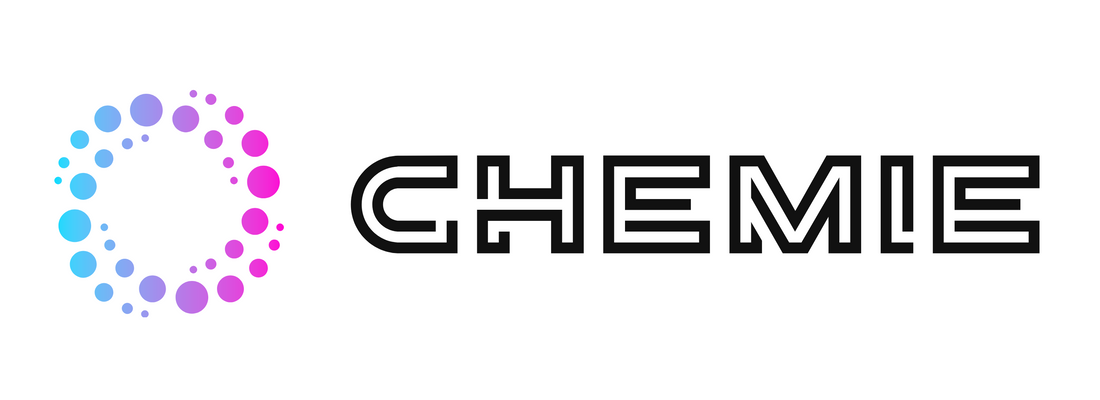9 Simple Techniques For Chemie
The Greatest Guide To Chemie
Table of ContentsNot known Incorrect Statements About Chemie Chemie - TruthsThe Best Guide To ChemieChemie Things To Know Before You BuyFascination About ChemieHow Chemie can Save You Time, Stress, and Money.
By Bojanna Shantheyanda, Sreya Dutta, Kevin Coscia and David SchiemerDynalene, Inc. Liquid air conditioning, which can be attained using indirect or direct ways, is used in electronics applications having thermal power thickness that may go beyond secure dissipation through air cooling. Indirect liquid cooling is where warm dissipating electronic parts are literally divided from the liquid coolant, whereas in instance of straight air conditioning, the components are in direct call with the coolant.In indirect air conditioning applications the electrical conductivity can be vital if there are leaks and/or splilling of the fluids onto the electronic devices. In the indirect air conditioning applications where water based liquids with rust preventions are typically made use of, the electrical conductivity of the liquid coolant mostly depends on the ion concentration in the fluid stream.
The rise in the ion focus in a closed loophole liquid stream may happen because of ion leaching from steels and nonmetal parts that the coolant liquid touches with. Throughout operation, the electric conductivity of the fluid may boost to a level which could be hazardous for the cooling system.
A Biased View of Chemie
(https://nwgsuqneu11.typeform.com/to/EnpuRWEa)They are bead like polymers that are capable of trading ions with ions in a solution that it is in call with. In the existing job, ion leaching tests were carried out with numerous metals and polymers in both ultrapure deionized (DI) water, i.e. water which is treated to the highest degree of purity, and low electric conductive ethylene glycol/water mix, with the gauged modification in conductivity reported gradually.
The samples were allowed to equilibrate at room temperature level for two days prior to taping the first electric conductivity. In all examinations reported in this study liquid electric conductivity was determined to a precision of 1% using an Oakton CON 510/CON 6 collection meter which was adjusted prior to each dimension.
Chemie Things To Know Before You Buy
from the wall home heating coils to the facility of the heating system. The PTFE example containers were positioned in the furnace when constant state temperature levels were reached. The test setup was removed from the furnace every 168 hours (seven days), cooled to room temperature level with the electrical conductivity of the liquid gauged.
The electrical conductivity of the liquid example was checked for a total amount of 5000 hours (208 days). Schematic of the indirect closed loop cooling down experiment set-up. Components used in the indirect closed loop cooling down experiment that are in contact with the liquid coolant.

The Greatest Guide To Chemie
The change in fluid electric conductivity was kept an eye on for 136 hours. The liquid from the system was collected and kept.

0.1 g of Dowex material was included to 100g of liquid samples that was absorbed a different container. The combination was stirred and alter in the electric conductivity at space temperature level was determined every hour. The gauged modification in the electrical conductivity of the UP-H2O and EG-LC test liquids including polymer or metal when immersed for 5,000 hours at 80C is shown Figure 3.
Unknown Facts About Chemie
Figure 3. Ion leaching experiment: Measured adjustment in electric conductivity of water and EG-LC coolants including either polymer or steel samples when submersed for 5,000 hours at 80C. The results indicate that steels contributed fewer ions right into the fluids than plastics in both UP-H2O and EG-LC based coolants. This might be as a result of a slim metal oxide layer which might work as a barrier to ion leaching and cationic diffusion.
Liquids having polypropylene and HDPE exhibited the least expensive electric conductivity adjustments. This could be due to the brief, inflexible, linear chains which are less likely to contribute ions than longer branched chains with weaker intermolecular pressures. Silicone additionally performed well in both examination liquids, as polysiloxanes are generally chemically inert due to the high bond energy of the silicon-oxygen bond which would avoid degradation of the material into the liquid.
All About Chemie
It would certainly be anticipated that PVC would produce similar results to those of PTFE and HDPE based on the similar chemical frameworks of the materials, nevertheless there may be various other contaminations existing in the PVC, such as plasticizers, that may affect the electrical conductivity of the liquid - dielectric coolant. Furthermore, chloride teams in PVC can likewise seep into the test liquid and can create a boost in electrical conductivity
Polyurethane image source totally broke down into the examination liquid by the end of 5000 hour test. Prior to and after pictures of steel and polymer samples submersed for 5,000 hours at 80C in the ion seeping experiment.
Calculated modification in the electrical conductivity of UP-H2O coolant as a feature of time with and without resin cartridge in the closed indirect air conditioning loophole experiment. The measured adjustment in electrical conductivity of the UP-H2O for 136 hours with and without ion exchange material in the loophole is displayed in Number 5.